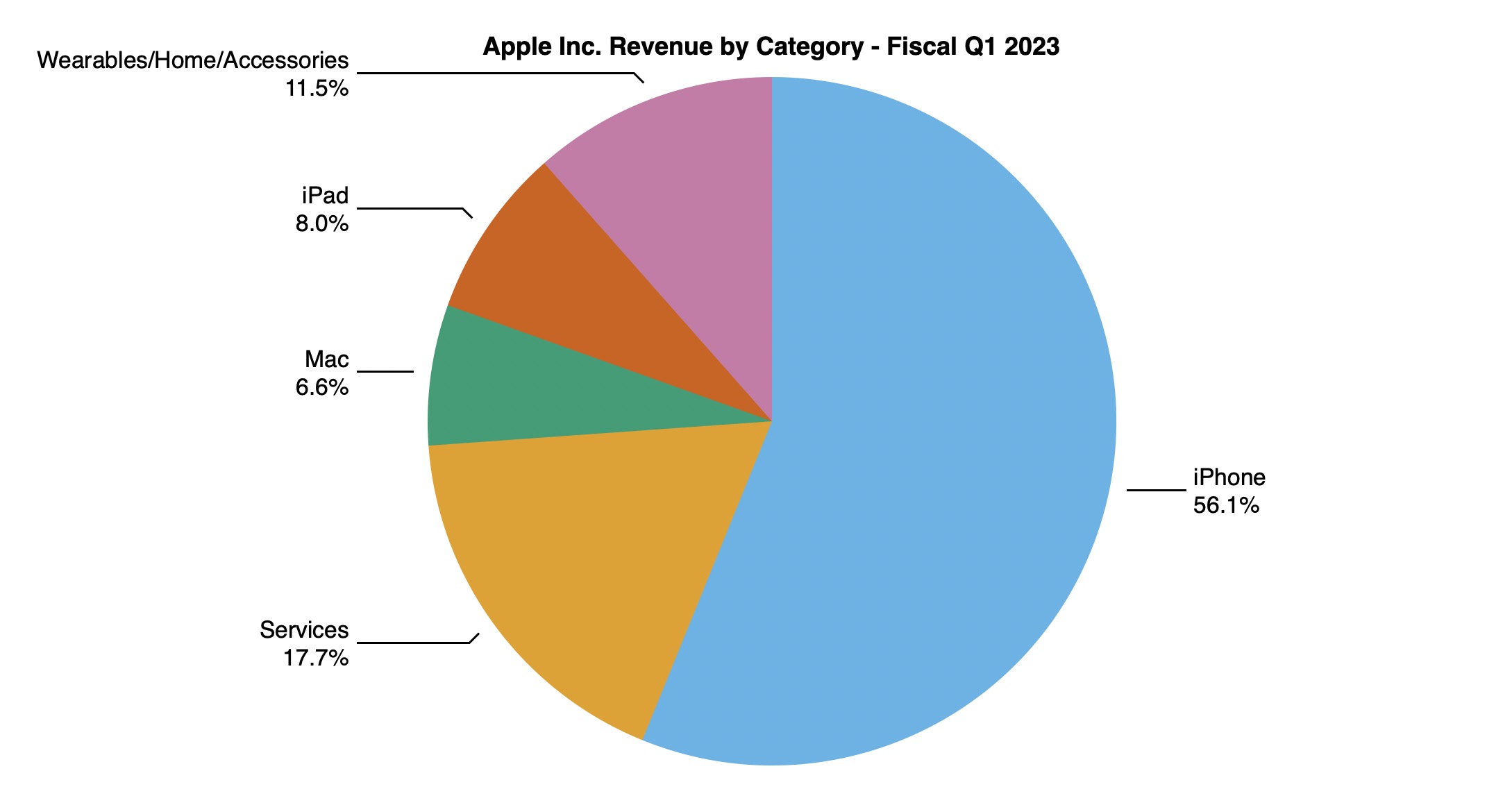Apple's M series chips were incredibly well telegraphed when they arrived in late 2020. Apple had been designing its own silicon since the A4 appeared in

techcrunch.com
Other evidence/speculation include:
- Rumors were that M2 SoC was ready much earlier but was held back by the late new Air design.
- Reports and video file name suggest that the M2 Pro/Max were ready as early as October 2022, which would have made it one year since M1 Pro/Max
- M2 used A15 cores (not A16 in iPhone 14), which suggests Apple wants to take advantage of the iPhone SoC design update each year
- Reports are that M2 will be a short-lived generation because M3 is expected to launch on time
- Many speculators point to iPad SoCs, which were not updated yearly. However, the base M chips go into far more devices than old iPad SoCs. This makes it more economical to design and launch new SoCs yearly.
- M1 launched in the same quarter as A14, which suggests Apple develops the base M and the A series in tandem
- Apple has been fighting supply chain issues in the last 3 years, which caused many delays in new designs shipping.
Why is this important? Because gaining 10-20% in performance every two years is not impressive. But once a year? Now that's impressive and exciting.
I hope all your rumors come true. It sounds believable or a very intelligent guess.
If Apple's supply chain people can sync it that way it would be nice.
Predictable replacement cycle of every 11-13 months.
Every quarter has a new product or product refresh so no disappointing quarters for shareholder.
Improving raw performance comes down to a combination of these conditions
- being at the leading process node
- increasing die surface area
- increasing clockspeed
- increasing TDP
- increasing core counts
- increasing transistor counts
- use the latest iPhone chip's cores as base of Mac chips
I'd love to see
- M Ultra chip (2x100W M Max chips) in a MBP with a
240W USB PD charger hopefully at a <$2k premium
- M Extreme chip (4x100W M Max chips) in a Mac Studio or Mac Pro with that consumes ~415W at a <$4k premium
>90% of the R&D money for Apple Silicon chips comes from iPhone profits... <10% of R&D money is from Mac profits.
For battery-powered devices I prefer longer reduced power consumption and improve performance per watt over raw performance.
For outlet-powered devices I prefer raw performance and improved performance per watt over reduced power consumption.
Assuming the binned part can handle the increased power input. I still find it odd that desktops have identical benchmark results as laptops because they use the same exact SoC.
Another product I'd like to see is iPhone chips finding themselves into $699 Macbook 12" and a smaller $299 Mac mini. Both would have 8GB RAM & 256GB SSD. All Mac SKUs would have 2x RAM & 2x SSD.
If it werent for the competition within the smartphone space I doubt Apple Silicon would be that good relative to x86.
The trend seems to be that it is becoming more efficient for smartphone vendors to scale up their products into tablets, laptops & desktops, than it is for desktop vendors to scale down their products into laptops, tablets and smartphones.
Laptops and desktops just have too much headroom when it comes to power consumption.
So when you scale up smartphone tech to the headroom of a PC then you impress even when you still sip power.



